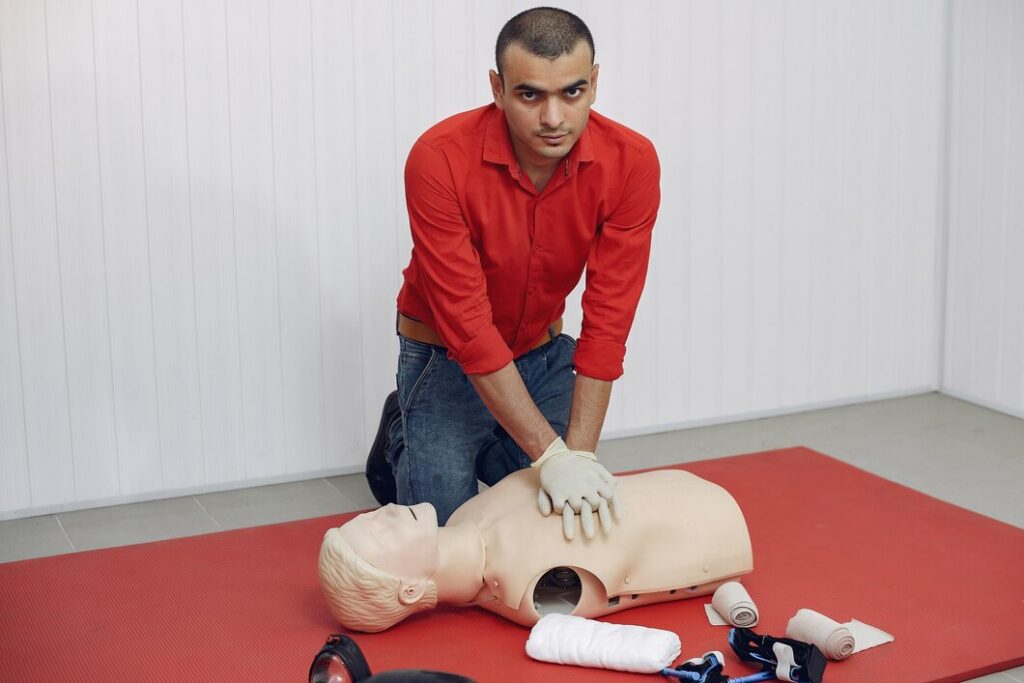First aid is an invaluable set of skills that anyone can learn, offering the ability to provide immediate care in emergency situations. This knowledge is particularly crucial in a bustling city like Canberra, where every second counts in a crisis.
Whether you happen to be a citizen living at home or an employee in the workforce, every bit of knowledge matters. Here is a great opportunity to assess the benefits of education in this field for people of all ages and backgrounds across Australia’s capital city.

The Patchwork of First Aid Essentials
First aid is not just a single skill but a tapestry of techniques woven together to save lives. It covers a range of practices, from treating minor cuts and scrapes to performing CPR—a critical lifesaving procedure that can double or even triple a person’s chance of survival after cardiac arrest. This is far from a one-size-fits-all scenario when you consider the unique types of health emergencies anyone can face.
The Ripple Effect of First Response
Prompt and effective first aid can significantly alter the outcome of an emergency. In the heart of Canberra, where rapid response times are crucial, having a robust knowledge of emergency first response techniques can make a profound difference. It’s not merely about the immediate care provided; it’s about the chain of survival that begins with the first responder and ripples out to include paramedics, nurses, and doctors.
First Aid Training: An Investment in Community Safety
Learning first aid is an investment in community safety. Comprehensive training equips individuals with the confidence to step forward when others may hesitate, providing an invaluable service to the community. Whether it’s a traffic accident, a workplace incident, or a home emergency, a first aider’s role is pivotal in the critical first minutes following an incident.
Inclusive First Aid: A Focus on Accessibility
Accessibility in first aid means ensuring that training and resources are available to everyone. This inclusivity is vital because emergencies do not discriminate, and the more people who are trained, the safer the community becomes. Canberra’s diverse demographic requires a first aid approach that considers different languages, literacy levels, and physical abilities.
For those interested in the broader implications of first aid training, there are discussions on the impact of widespread first aid knowledge on community health. This provides a thorough examination of how these skills benefit entire populations, venturing into public and private spaces that need as much awareness and preparation as possible given the circumstances.
Conclusion: Weaving the Safety Net Wider
First aid’s role in the fabric of Canberra’s safety is undeniable. With each individual who learns these crucial skills, the city’s collective ability to respond to emergencies strengthens.
Emergency first response practices are not just actions but are threads in a larger safety net that catches residents in their most vulnerable moments.
As the city continues to grow and evolve, so too must the reach and sophistication of its first aid capabilities, ensuring that all who live in or visit this vibrant city are within the protective embrace of a well-prepared populace.



